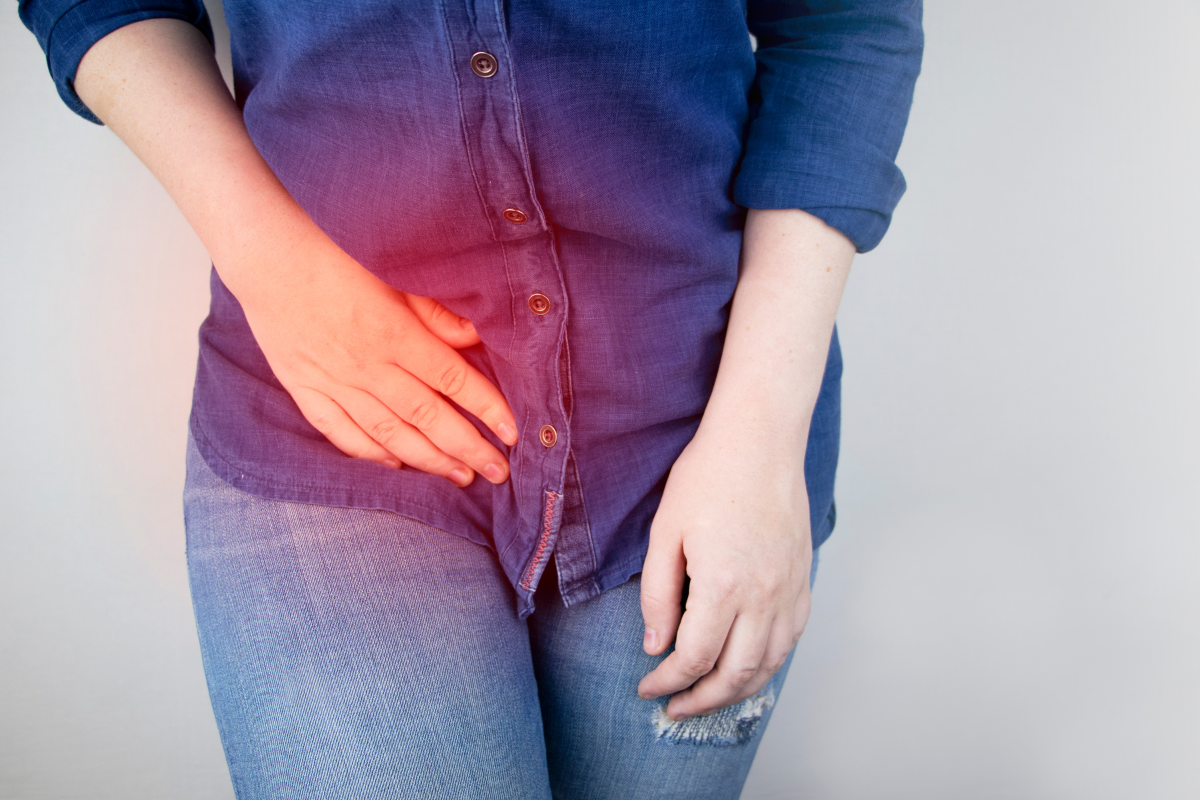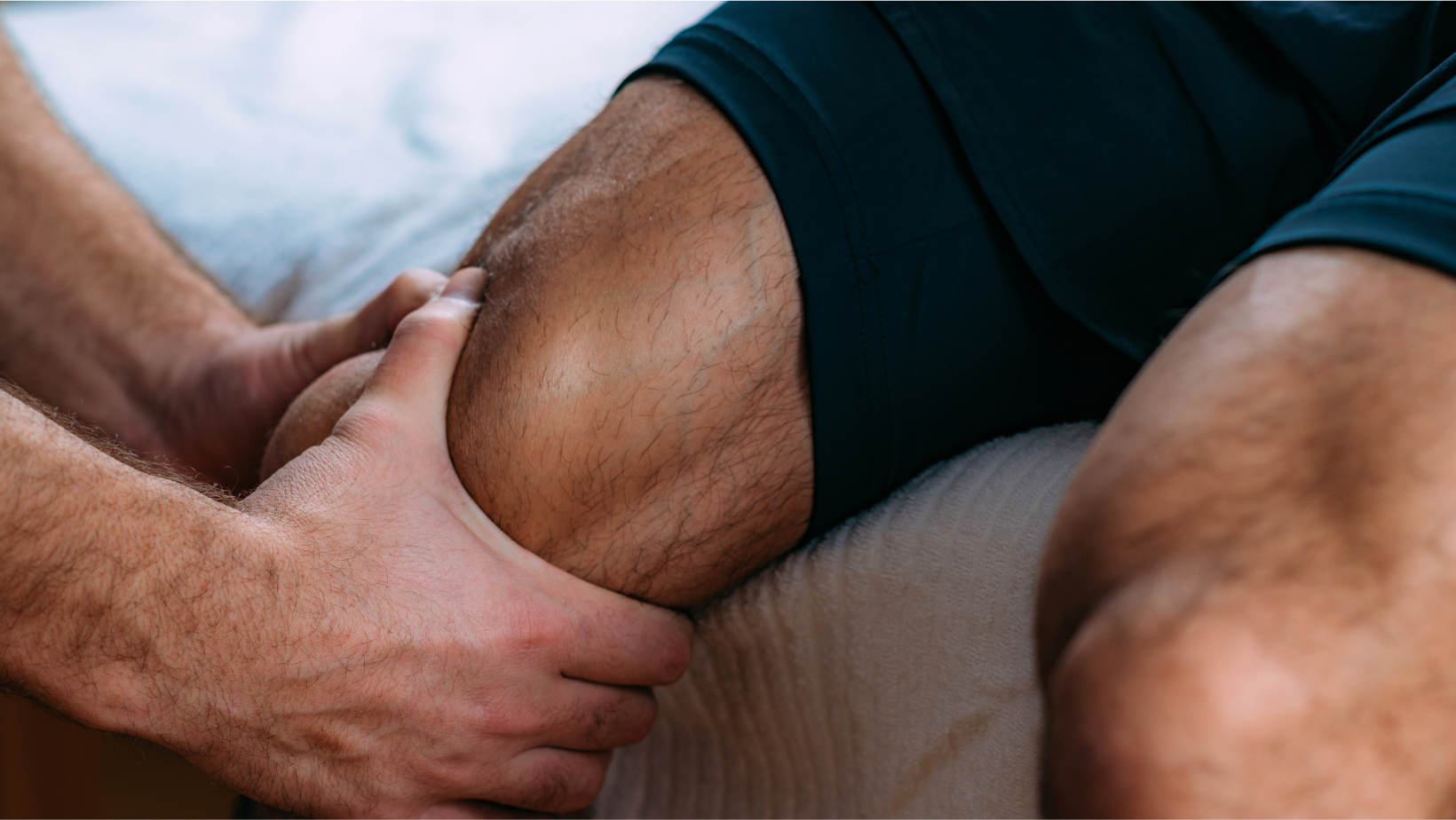Differential Diagnosis of Groin Pain: A Physiotherapist's Perspective
Groin pain is a common complaint we see a lot in clinical practice, particularly in sports medicine and physiotherapy. The differential diagnosis of groin pain is broad, encompassing a variety of musculoskeletal, neurological, and visceral conditions. This blog aims to provide an overview of the potential causes of groin pain that we might encounter, along with an outline of assessment and treatment strategies.

Common Causes of Groin Pain:
1. Muscle Strains
Muscle strains, particularly of the adductor muscles, are among the most frequent causes of groin pain. Athletes, especially in sports requiring rapid direction changes, are particularly susceptible. Symptoms typically include acute pain during activity and tenderness on palpation.
2. Hip Pathologies
Conditions such as femoroacetabular impingement (FAI) and hip labral tears can manifest as groin pain. Patients may report a deep, aching pain that exacerbates with hip flexion or internal rotation. Radiographic imaging is often required for definitive diagnosis (Kumar et al., 2020).
3. Osteitis Pubis
Osteitis pubis is an inflammatory condition affecting the pubic symphysis, commonly seen in athletes. It presents with pain in the pubic region, which may radiate to the groin and inner thigh. It is often exacerbated by activities involving groin movements (Bahr et al., 2017).
4. Hernias
Inguinal and femoral hernias can present with groin pain, often accompanied by a palpable mass. Symptoms may worsen with activities that increase intra-abdominal pressure, such as coughing or heavy lifting. Surgical intervention is usually required for definitive treatment (Gonzalez et al., 2018).
5. Nerve Entrapments
Conditions such as meralgia paresthetica, resulting from compression of the lateral femoral cutaneous nerve, can cause groin pain along with numbness or tingling in the thigh. This is often related to tight clothing or obesity (Cameron & Swanson, 2019).
6. Visceral Causes
Less commonly, groin pain may arise from visceral sources such as renal colic or gynaecological issues in females, including ovarian cysts or ectopic pregnancy. A thorough history and physical examination are essential to rule out these serious conditions (Lichtenstein et al., 2020).

Assessment Strategies
A comprehensive assessment is crucial for establishing a correct diagnosis. Key components include:
- History Taking: Understanding the onset, nature, and duration of pain, alongside any associated symptoms.
- Physical Examination: This should include inspection, palpation, range of motion testing, and strength assessment of the hip and groin area.
- Special Tests: Various orthopaedic tests may help identify specific conditions, such as the FABER test for hip pathology or the adductor squeeze test for adductor strains.
- Imaging: When indicated, imaging techniques such as X-rays, MRI, or ultrasound can provide additional information about underlying structures (Cameron & Swanson, 2019).
Treatment Approaches
The management of groin pain varies depending on the underlying cause:
- Rest & Activity Modification: Initial treatment in the first few days, often involves relative rest and modification of activities to avoid exacerbating the condition.
- Physiotherapy: Rehabilitation programs focusing on strengthening, flexibility, and neuromuscular control can help restore function and prevent recurrence
(Bahr et al., 2017).
- Pain Management: Modalities such as ice, heat, hands-on treatment, or an injection may be employed to manage pain and inflammation.
- Surgical Intervention: In cases of hernias or other structural abnormalities, surgical correction may be necessary (Gonzalez et al., 2018).
Conclusion
Groin pain can stem from a wide array of conditions, and accurate diagnosis is vital for effective management. Physiotherapists play a crucial role in the assessment and rehabilitation of individuals with groin pain. By utilising a comprehensive approach that includes thorough history-taking, clinical examination, and targeted treatment strategies, physiotherapists can significantly improve patient outcomes.
Chelmsford Physio
Riverside Leisure Centre, Victoria Rd, Chelmsford CM1 1FG
References
- Bahr, R., Holme, I., & Lian, O. (2017). "The importance of a systematic approach to groin pain in athletes." *British Journal of Sports Medicine*, 51(5), 326-331.
- Cameron, H. U., & Swanson, H. (2019). "Nerve entrapment syndromes." *Clinical Anatomy*, 32(5), 635-642.
- Gonzalez, M. H., et al. (2018). "Hernias: a comprehensive review." *Surgery Today*, 48(7), 735-743.
- Kumar, V., et al. (2020). "The role of imaging in the diagnosis of hip-related groin pain." *Radiology*, 294(1), 65-74.
- Lichtenstein, I. et al. (2020). "Visceral pain: a clinical challenge." *American Journal of Gastroenterology*, 115(11), 1760-1767.
GET IN TOUCH
Chelmsford Physio
Riverside Ice and Leisure Centre,
Victoria Road
Chelmsford
CM1 1FG
Tel:
01245 895410
Email:
hello@chelmsfordphysio.co.uk
STAY CONNECTED
Join our newsletter and find out more
Contact Us
Thank you for signing up!
Please try again later



